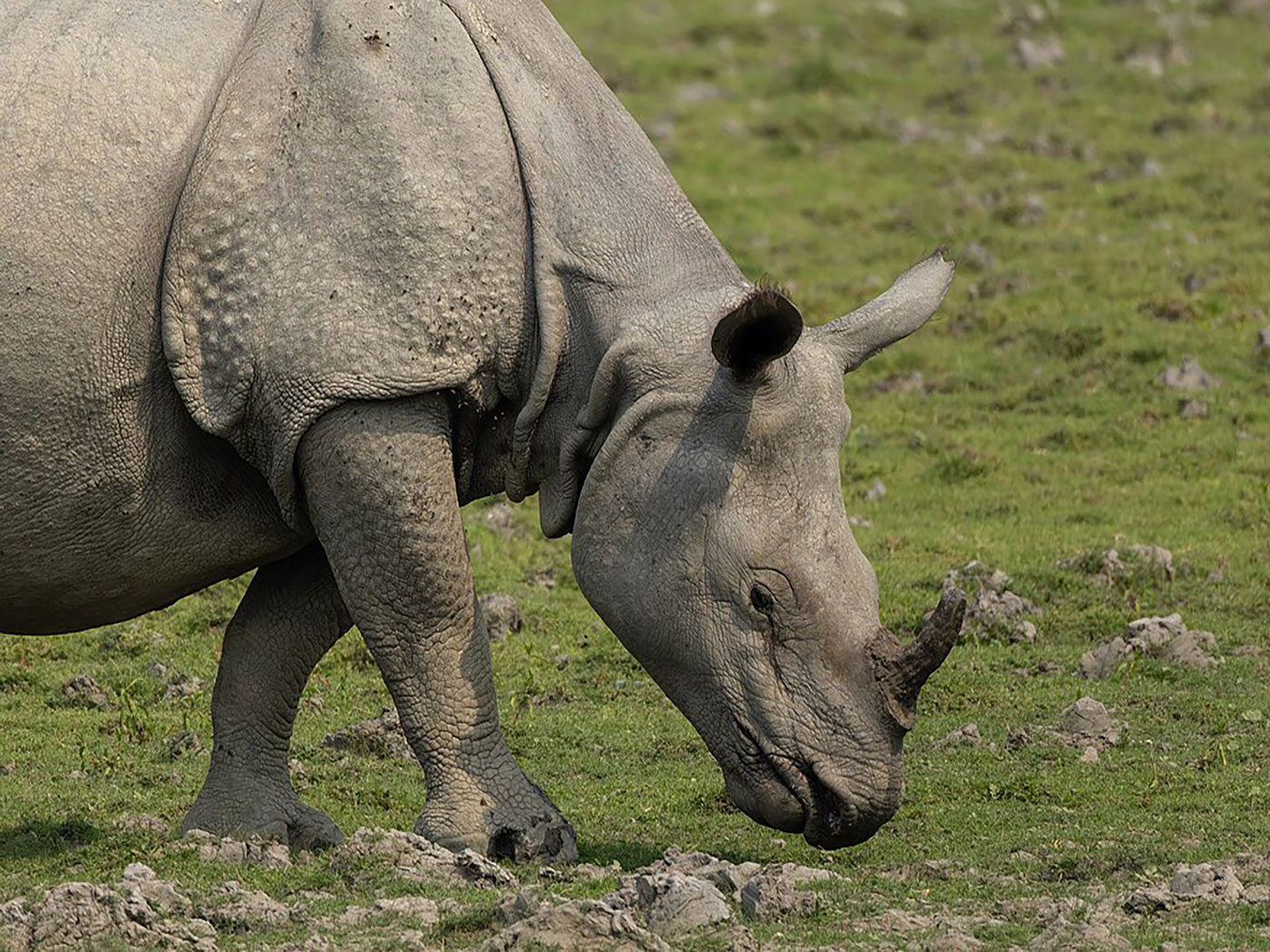Scientists observe many changes to animal physiology that occur too quickly to fit the “slow and gradual” concepts favored by classical Darwinian evolution. An illustration of this type of rapid variation is the ever-growing list of dog breeds, which proliferated to over 150 from only a few dozen strains in just a couple of centuries. Now, the size of certain Atlantic Ocean snail shells is providing further evidence for speedy diversification within species, having “actually increased by an average of 22.6% over the past century.”1
“The researchers are unsure exactly why the snails are growing so large, so rapidly,” according to a Queen’s University press release announcing the discovery.2 Like dogs, these snails have undergone changes not predicted by long-age evolutionary presuppositions. Jonathan Fisher of Queen’s University, the lead author of the study, said, “The marine landscape is changing dramatically on a historic timescale.”2 Since the standard “historic timescale” involves millions of years, a 22.6 percent change in snail shell size over only 100 years is quite dramatic indeed. However, if these snails were created only thousands of years ago and with the potential for this kind of change, then observing this rapid variation is no cause for alarm.
Other related research confirms that rapid variation potential was designed into animal and plant structures from the beginning. ICR has reported on several examples of rapid variation, including cichlid fish,3 flowers,4 humans,5, 6 and elephants,7 and no doubt many more will be reported. With dog variation, artificial selection has manifested the broad potential for variation in size, fur length, pigmentation, and other specific features. Of course, all these varieties remain distinctly within the dog kind, parallel to their genus name, Canus. Similarly, natural selection has perhaps contributed to manifesting some of the potential for variation in the Atlantic snail, Nucella lapillus. And, like the dogs that have diversified into many breeds and yet are still distinctly dogs, these snails remain snails.
The Atlantic snail researchers stated in the Proceedings of the National Academy of Sciences that “historical changes in species’ key morphological traits on marine ecosystems remain underappreciated.”1 This may be so, but what certainly does remain underappreciated is that “key” morphological traits, like a snail having a shell in the first place, are totally inexplicable by any realistic natural process. Also underappreciated are the implications for Darwinian evolution from the rapidity with which specific variations in certain already-existing “key traits,” like finch beaks and dog hair length, can be shuffled—sometimes in only one generation! This rapid variation of traits, strictly within basic, essential kinds, fits remarkably well with a biblical interpretation of history.
References
- Fisher, J. A. D. et al. 2009. An intertidal snail shows a dramatic size increase over the past century. Proceedings of the National Academy of Sciences. 106 (13): 5209-5212.
- Atlantic snails are increasing dramatically in size, Queen’s researcher discovers. Queen’s University press release, March 24, 2009.
- Thomas, B. Cichlid Coloration Corroborates Creation. ICR News. Posted on icr.org October 16, 2008, accessed April 3, 2009.
- Thomas, B. What Spurs Evolution: the Old or the Young? ICR News. Posted on icr.org October 17, 2008, accessed April 3, 2009.
- Thomas, B. Recent Human Variation is Not Evolution. ICR News. Posted on icr.org February 23, 2009, accessed April 3, 2009.
- Thomas, B. Why Are Human Genes Still Linked? ICR News. Posted on icr.org August 6, 2008, accessed April 3, 2009.
- Thomas, B. Elephant Secrets under Middle East Sands. ICR News. Posted on icr.org January 26, 2009, accessed April 3, 2009.
* Mr. Thomas is Science Writer at the Institute for Creation Research.
Article posted on April 14, 2009.





